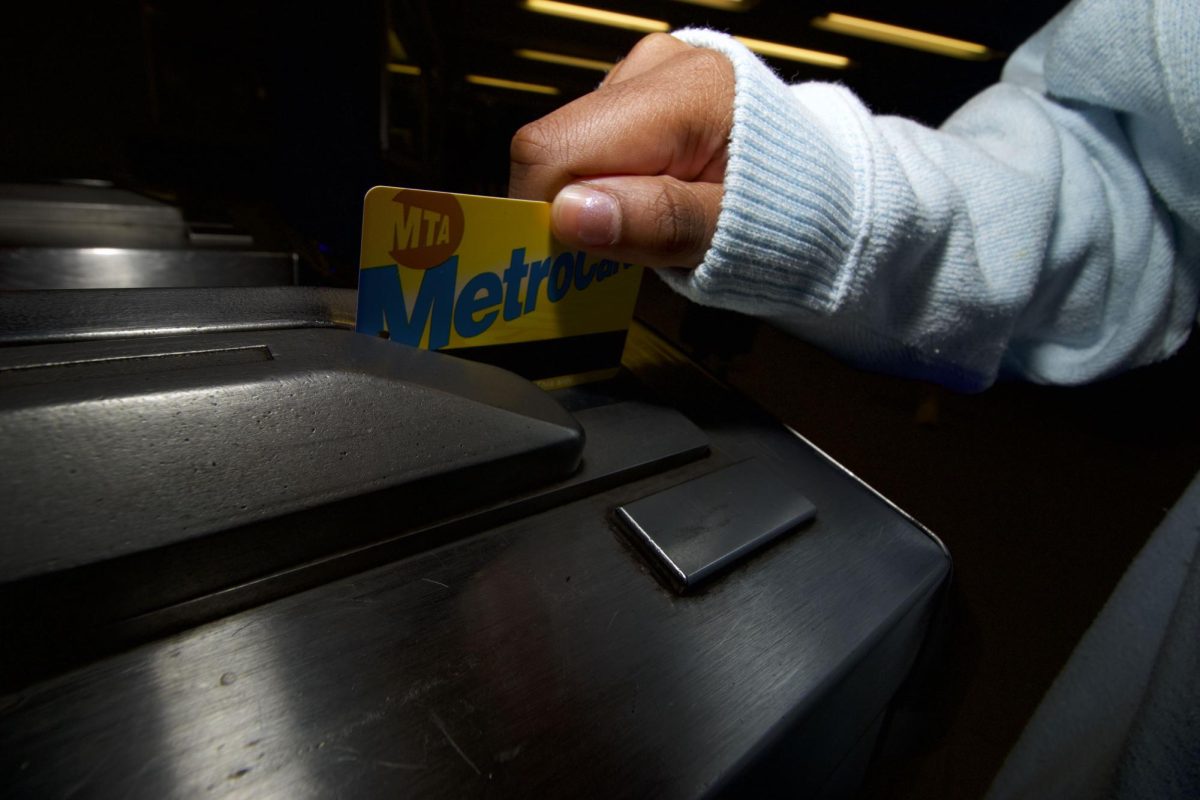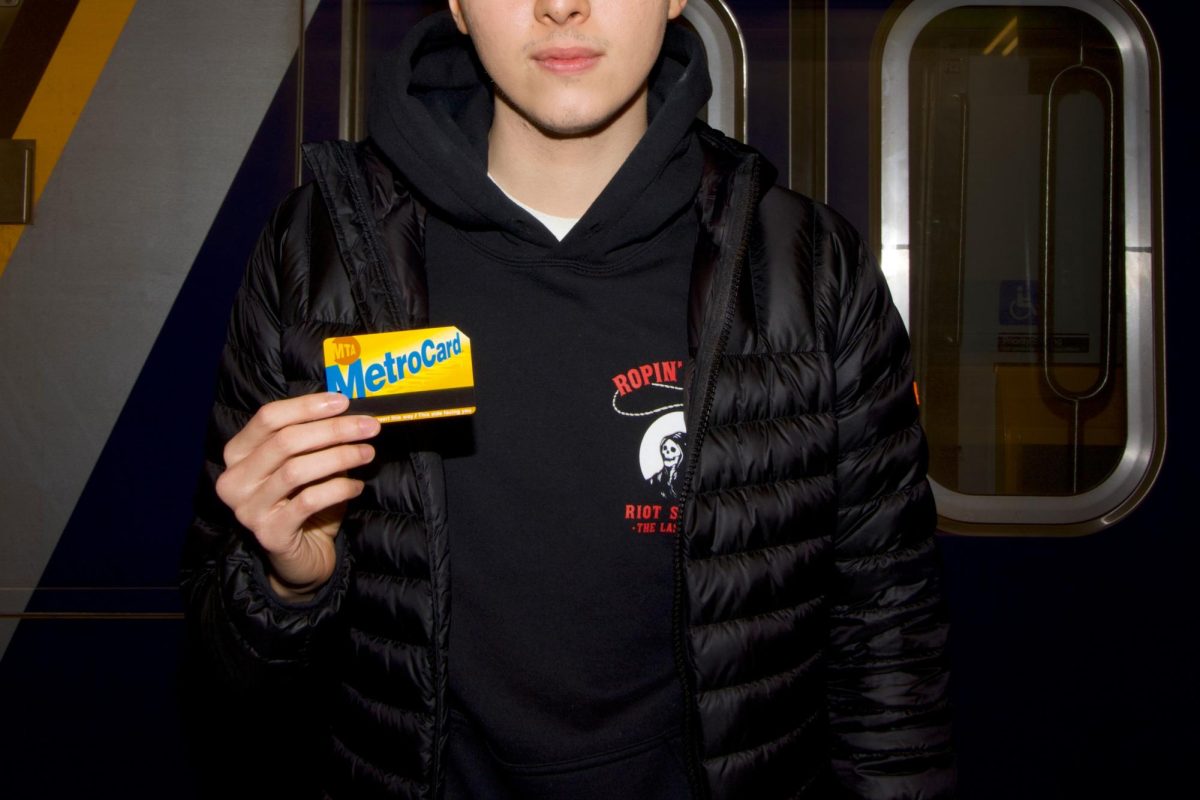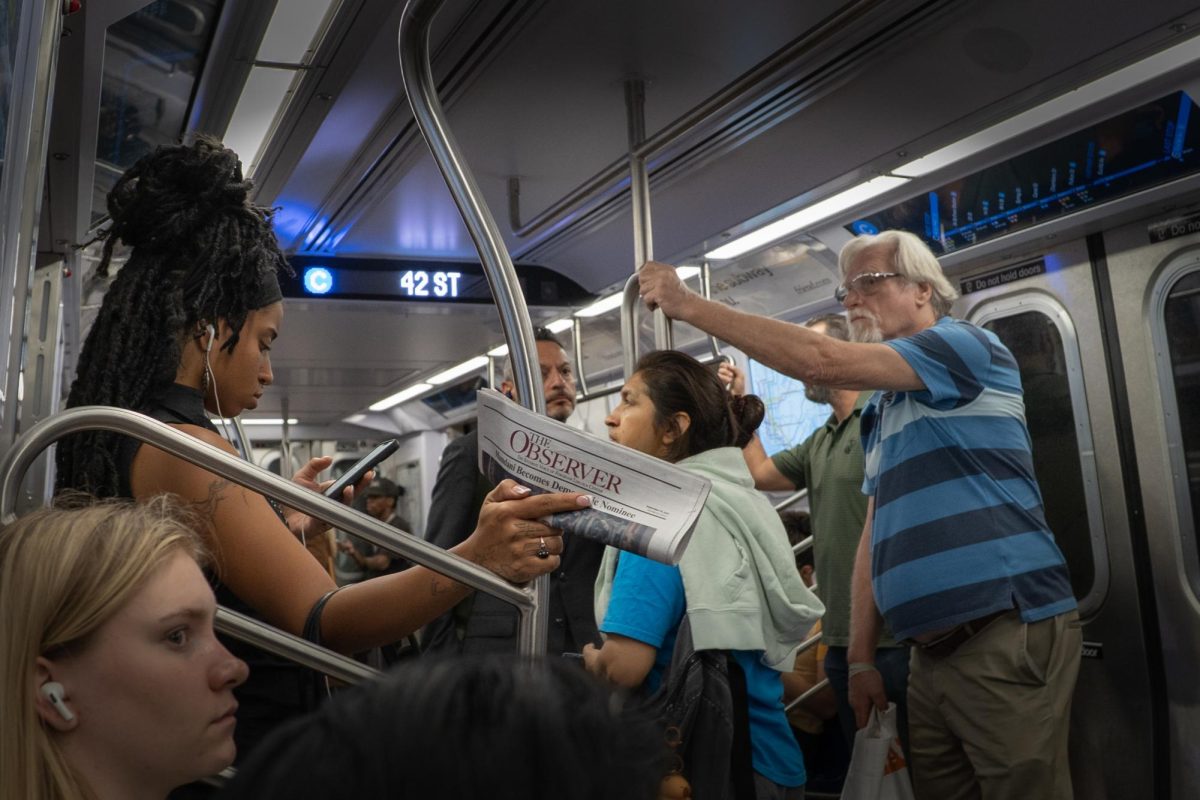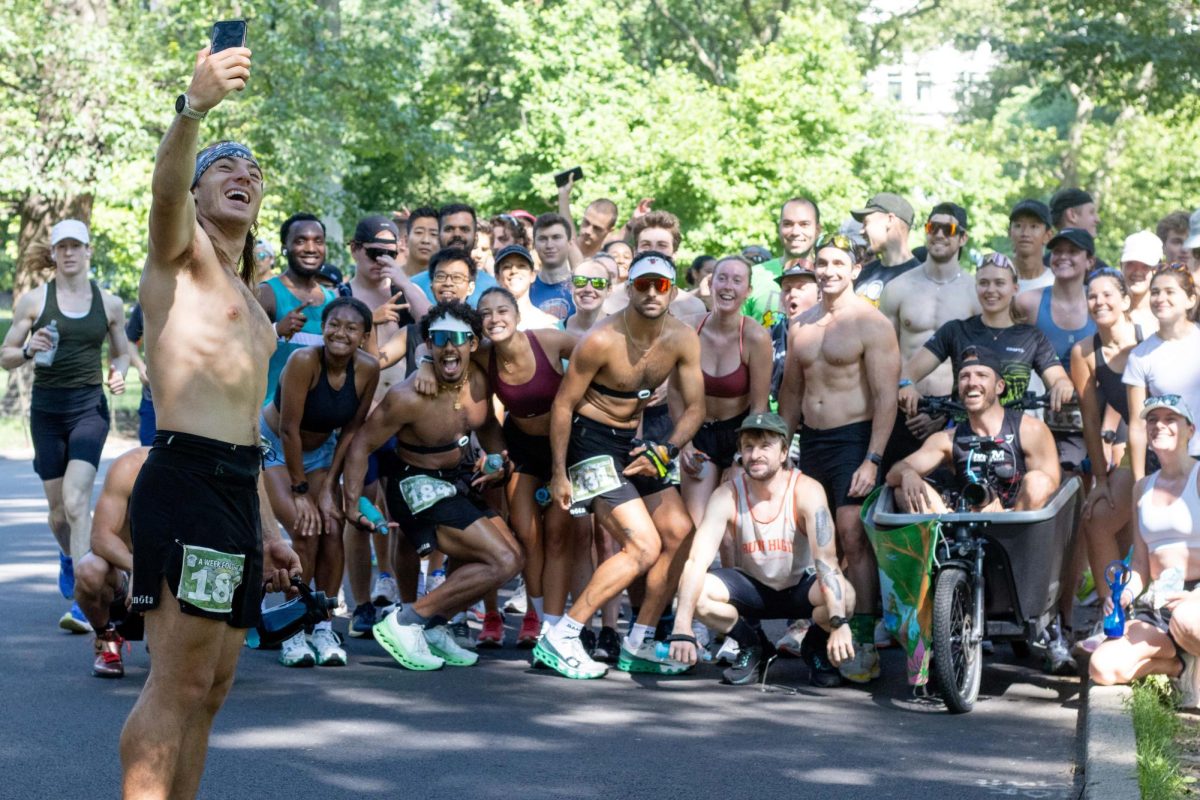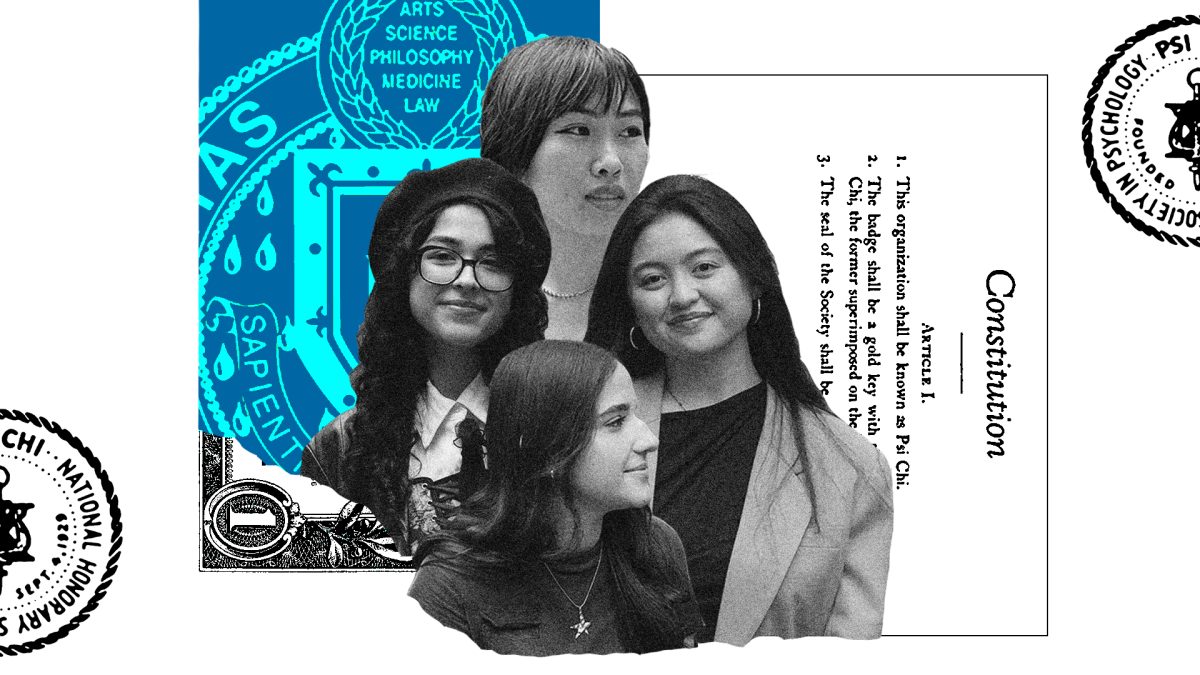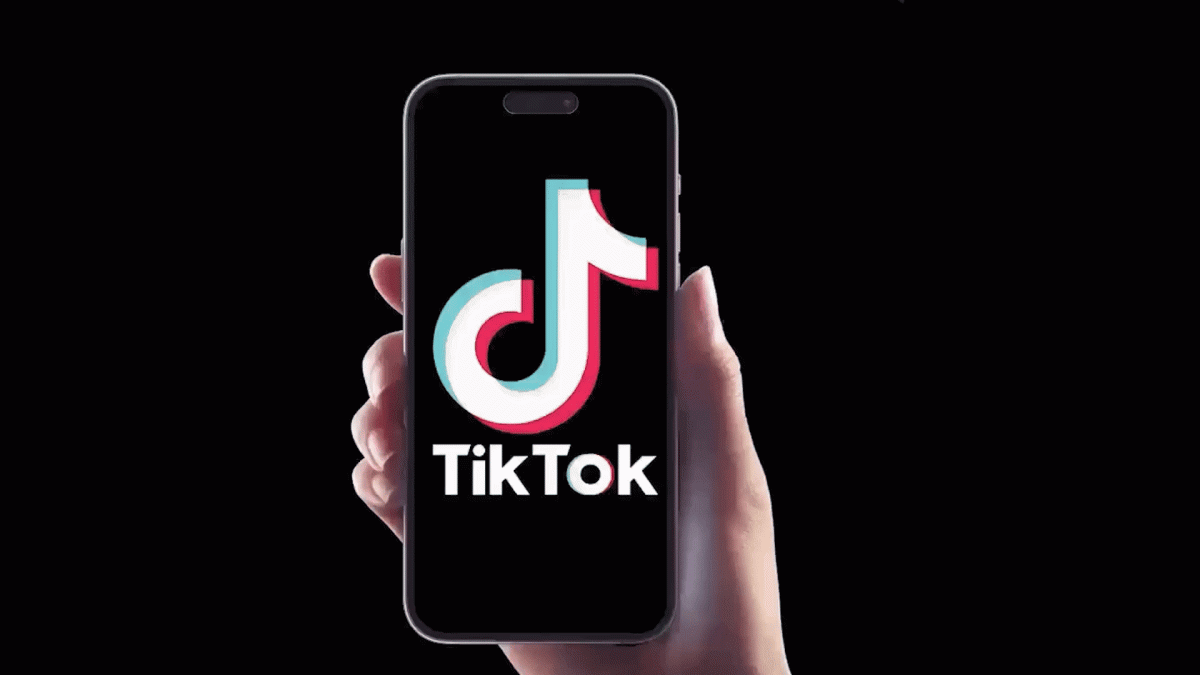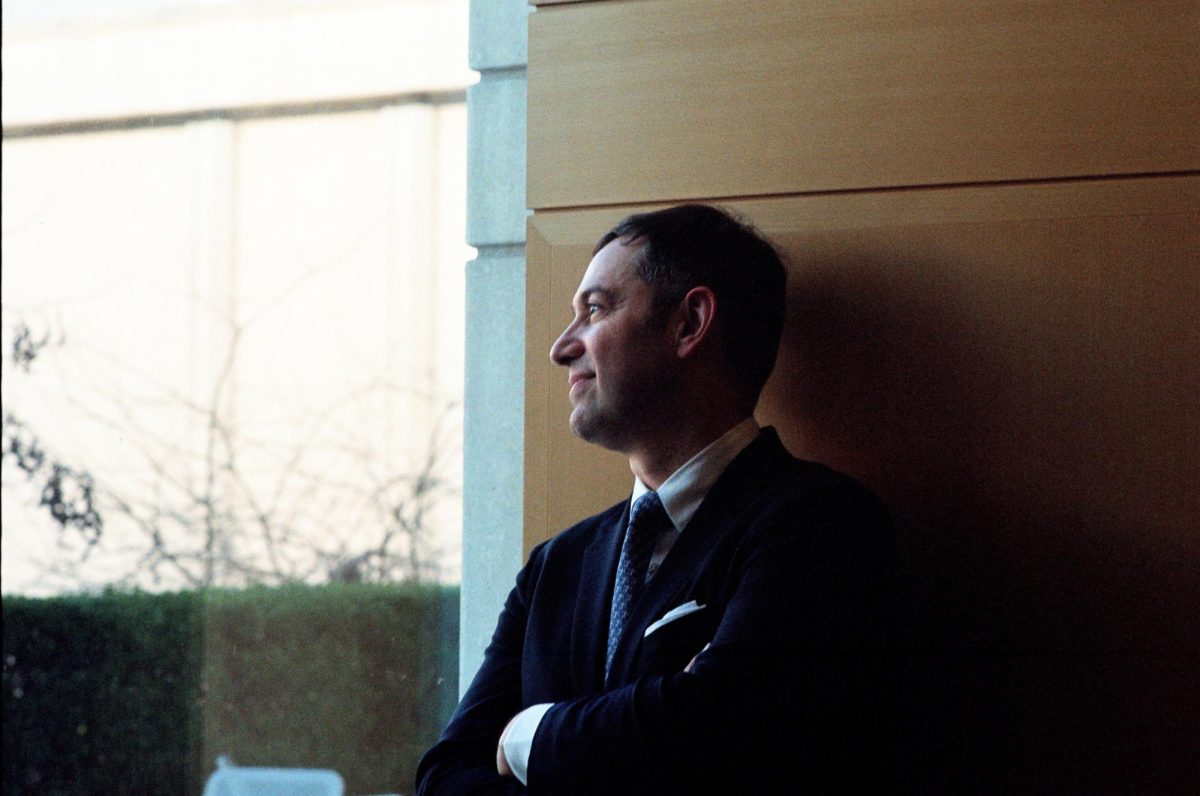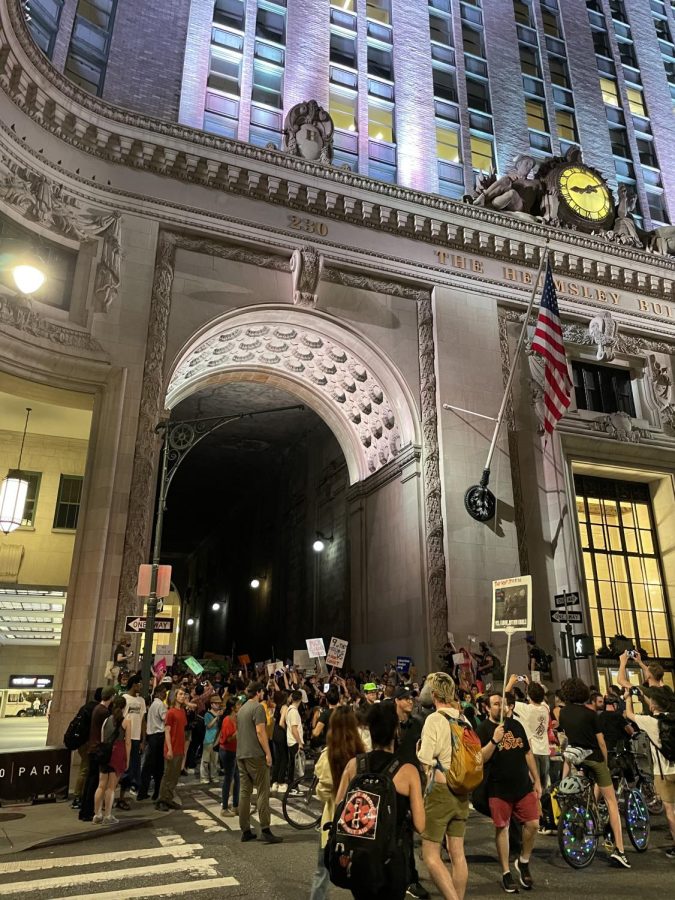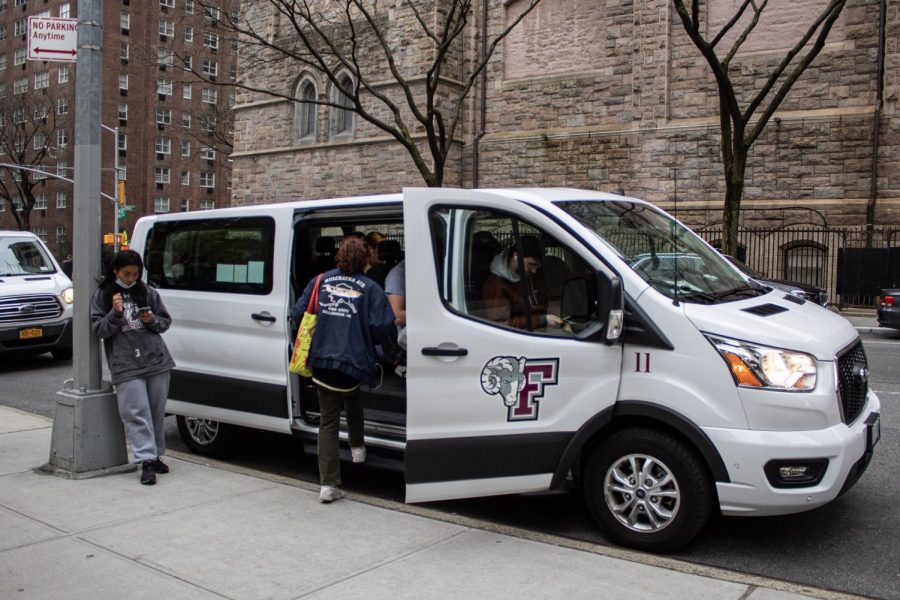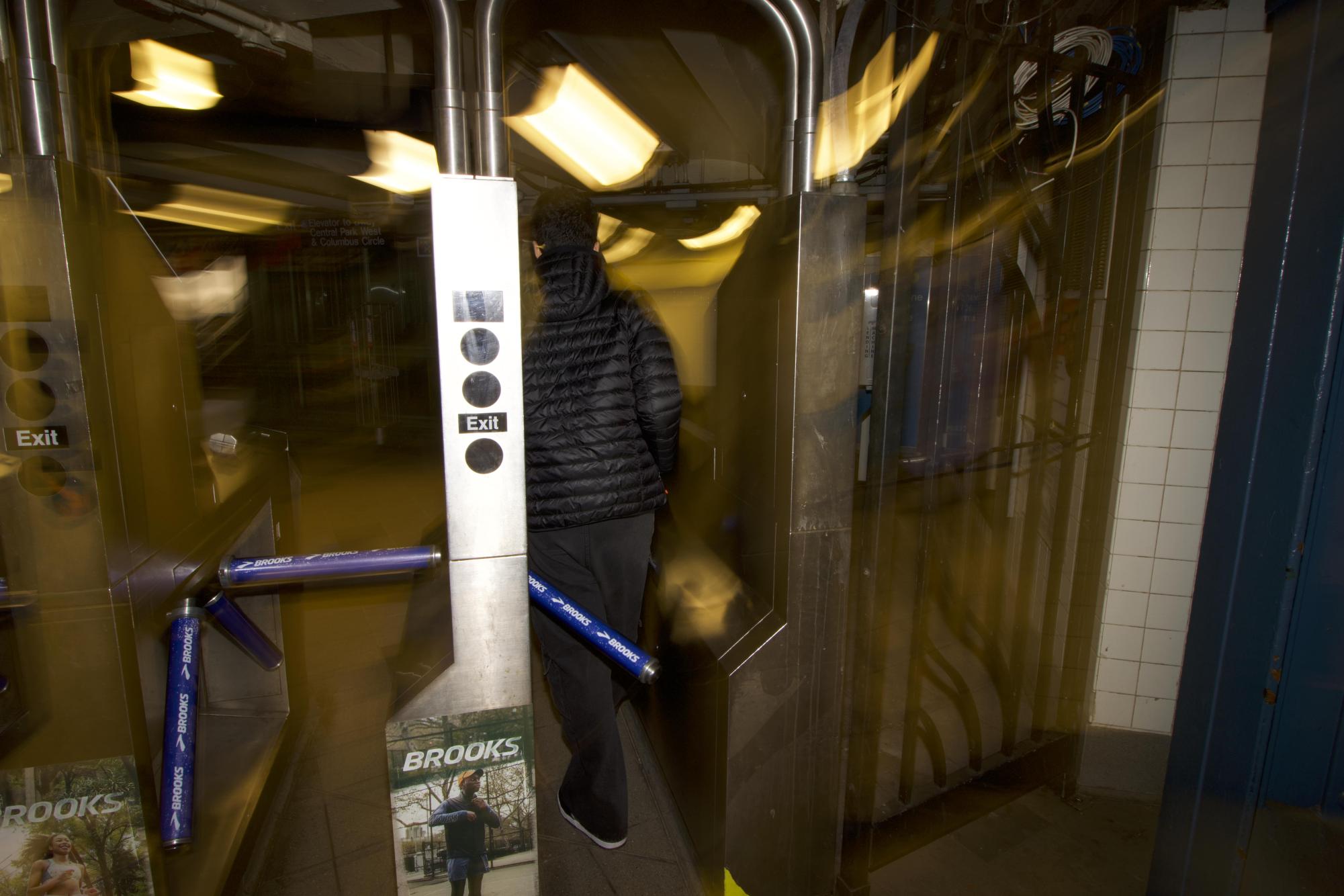
These Rams Ride Free
One day, during high school, a current Fordham student was running late for the bus.
“I didn’t have time to get the MetroCard out of my bag,” the Queens native, a senior, said.
Up against the clock, the teen resorted to quick thinking, having to figure out how she was going to get to class on time. She had two options: to search for her card, insert it into the One Metro New York (OMNY) vending machine and wait for her ticket to print, or skip paying the fare and hop on the bus.
“I just ran on through the back,” she said.
This sort of thing has become normal in New York City. Recently, however, it dipped. In an announcement on Jan. 30, New York State Governor Kathy Hochul declared that fare evasion had decreased by 26% in the past six months. Hochul is right — fare evasion is down. However, evasion levels are still incredibly high compared to pre-pandemic statistics.
City leadership announced along with Hochul that tighter enforcement is the deterrence of choice. NYPD Commissioner Jessica Tisch said that she hopes to ensure her officers “will continue to patrol every station and overnight train to ensure that crime continues to decrease across our transit system.”
The Metropolitan Transportation Authority CEO (MTA) Janno Lieber announced that the “strategy has been to publicize the seriousness of the problem, to put in place stronger physical barriers, and to make sure there’s plenty of enforcement.”
The MTA lost “nearly $700 million” due to fare and toll evasion in 2022
“Our work is far from over,” Hochul said in the announcement, “and we’ll continue to crack down on fare evasion this year through strong enforcement and new measures coming to subway turnstiles.”
Hochul, the MTA and the NYPD are centering their attention on an increased deployment of gate guards and officers.
In 2022, the MTA was in the midst of a crisis. Performance metrics on the MTA website show that fare evasion had jumped significantly since the pandemic. At that time, the MTA’s Blue-Ribbon Panel examined fare evasion and concluded that it showed “no signs of dropping.” According to that panel’s report in 2023, the MTA lost “nearly $700 million.” That panel’s findings are part of Hochul’s justification for the increased enforcement efforts.
These efforts only partially combat the issue of fare and toll evasion. The panel’s final conclusions found that at least four different areas need to be addressed simultaneously — in addition to enforcement and environmental changes, more equitable pricing and rigorous education should be targeted. The panel also identified five different reasons for fare evasion. And for the New York residents who understand this variety intimately, their solutions often range beyond just one strategy.
When the panel produced its report, a “student evader” was a young rider who evaded the fare either because of their MetroCard restrictions or by developing an “it’s free anyway” mentality.
In the past, students from grades K-12 who live at least a half mile from their school were eligible for student MetroCards. Those cards provided them with three free rides on weekdays between the hours of 5:30 a.m. and 8:30 p.m. However, if a student had extracurricular activities or jobs after school that required them to take more than three rides a day — or use MTA transit before or after the card’s limited hours — they would have to pay themselves.
The MTA updated the free student program in 2024, issuing new OMNY Cards that provided students with four free rides every day of the week and at any time of day. Although students are now supplied with an additional free ride, there are still situations where they may need an extra ride for their commute. In these cases, students may view evasion as an alternative to paying, still acting as a “student evader.”
“We are a city of survivors, we are a city of hard workers.” Fordham Senior
Now a Fordham senior, the Queens native was one of those students who, at one time, adopted a fare-evader mindset. She said it was nerve-wracking, but maintained a sense of security whenever she evaded.
“I had the confidence that if I was caught, I was able to show my high school ID and say, ‘I would’ve had a free ride anyway,’” she said.
Bus fare evasion was and is still prevalent. In 2022, the panel reported that, “about 700,000 bus riders do not pay the fare on an average weekday.” The MTA’s performance metrics show that bus fare evasion is even higher nowadays than it was a few years ago.
And for that student, one solution seems to be lowering prices.
“I hope that they do the work for New Yorkers so that things can be more affordable,” she said. “We are a city of survivors, we are a city of hard workers.”
In their report, the panel also said that a “determined evader” was one who persistently did not pay “regardless of subsidies, educational messages or other nudges.”
Another Fordham first-year student once fit the profile of this type of evader.
“I only don’t evade the fare if there’s a cop around,” he explained. “I never feel the need to pay, because whenever an MTA employee is there, they’re not going to stop you most of the time or any of the time. So basically every time, I evade.”
He said public transportation in New York City is significantly different from that in his home city.
“I would probably not bother jumping if it was like $1.50” Fordham First-Year
“I’m not used to having to pay $3 for one stop or 20 stops because back in Hong Kong, it’s a distance-based thing or depending on how long you travel,” the first-year said.
“I guess I’m spoiled by Hong Kong because it’s said to be one of the cleanest and most efficient metro systems in the world. I don’t have to wait more than two minutes before any train arrives anywhere,” he added. “Here in New York, it just seems a lot more dangerous and inconvenient.”
He also said that a lower price might be an effective deterrent.
“I would probably not bother jumping if it was like $1.50, and also make the trains run on time. That’d be great as well,” he said.
The panel describes riders who approach the turnstiles with their MetroCard in hand, conveying an intent to pay, but then use the emergency exit instead, as “opportunistic evaders.”
This description matches the experience of another Fordham first-year.
“It’s just as simple as that. I just don’t want to,” she said, “I don’t want to tap my card if it’s open and it’s free. I mean, I don’t necessarily mind paying, since it’s only $2.90. It’s not like it’s anything crazy.”
She said that there would be “no way I would pay for it every single time.”
Subway fare evasion sometimes reflects a sense of solidarity, with strangers opening the emergency exit door to help others get through without paying.
“At the Fordham Road station, there’s a homeless man that lives there and he always holds the door open, the emergency exit door. It just doesn’t ring and there’s no officer,” the student said.
For this Fordham student, however, cheaper rides do seem to be a potential solution for fare evasion. “Maybe don’t make it $3 to ride the subway,” she said. “The higher the price, the more people aren’t going to pay it.”
Subway fare evasion sometimes reflects a sense of solidarity, with strangers opening the emergency exit door to help others get through without paying.
“$2.90 isn’t high. But when you’re commuting back and forth twice a day, and you have to take multiple trains and buses, it does add up quickly.” Fordham Graduate Student at the Gabelli School of Business at Lincoln Center
The “economically stressed evader” is simply an individual who cannot afford to pay the fare when riding the MTA and dodges the payment as a result.
One graduate student at the Gabelli School of Business at Lincoln Center said that the high pricing and paying every time is taxing.
“$2.90 isn’t high. But when you’re commuting back and forth twice a day, and you have to take multiple trains and buses, it does add up quickly,” she said. As a result, whenever she has to “take the second bus on this two-hour commute, I’m like, ‘I don’t really want to pull out my MetroCard.’”
Finally, the panel refers to a “frustrated evader” as someone who is willing, but is for some reason unable, to pay properly.
One Fordham sophomore has seen times when paying the fare becomes near impossible. One day, as he was heading home, a man blocked the turnstiles on his way into the system.
“Open the door for me,” he recalled the man saying.
But when the student refused, the man got in his face, demanding he pay. The man proceeded to square up, attempting to intimidate the student. The student, not backing down, pushed the man away.
The man continued to get in the student’s face and threatened to fight him.
As intense as this interaction appeared, the sophomore said, “he was all bark and no bite.”
According to him, an MTA worker spoke up, and the man left him alone.
This student’s experience could have led him to frustratedly evade the fare. No form of vandalism was present in his story, but it provides insight into how riders are susceptible to encountering such inhibiting situations on their commutes.
For the sophomore, price reduction seems like an impossible option. “I know that’s not going to happen,” he said. And so, he posited, the current level of police presence might be a reasonable solution — but in a roundabout way.
He said he wants the police already in the stations “to actually be focused on protecting commuters, having their eyes open for any suspicious activity, cleaner subways, cleaner stations — really basic stuff that we don’t just get sometimes. Just the bare minimum is all I’m really asking for a commute ride,” the student said.
In a way, some police presence may make the system safer, thus convincing evaders that the ride is actually worth paying for.
The MTA recently approved its 2025 financial plan with reports of fare prices rising once again. New Yorkers across the boroughs are facing higher prices in their daily commute. The congestion pricing plan recently went into effect on Jan. 5. It charges a toll when entering all streets at or below 60th Street in Manhattan, also called the Congestion Relief Zone. Drivers and motorcyclists are now tolled between $1.25 and $9.00, depending on the time of day and size of their vehicle.
But these rising prices could break in a myriad of ways. They could bring necessary funds and provide the capital to improve New York City’s public transportation system — making it a beloved and speedy commuter workhorse. Alternatively, they might drive more riders to attempt fare evasion. Whether following the economically stressed evader reasoning or others, Fordham students of all stripes cited high prices as a hindrance to their travel.
Fare evasion is a collective problem. As the MTA’s panel wrote, “evasion hurts everyone – and it will take everyone working together to fix it,” and New York leadership has indeed taken strides to ameliorate it.
“It’d be impossible to be a New Yorker and not evade the fare once.” Fordham Senior, Queens Native
“The MTA has made steps to tackle evasion tactics at the turnstiles to create stronger, more resilient barriers against fare evasion,” the governor’s office wrote in its announcement on Jan. 30. Though Fordham students emphasized what the expert panel concluded themselves — that the solution cannot simply be deterrence by police or making better turnstiles, but a multi-faceted approach.
It would be “impossible to be a New Yorker and not evade a fare once,” the Queens native said. With higher prices on the horizon, whether this mentality will always be the case remains to be seen.

